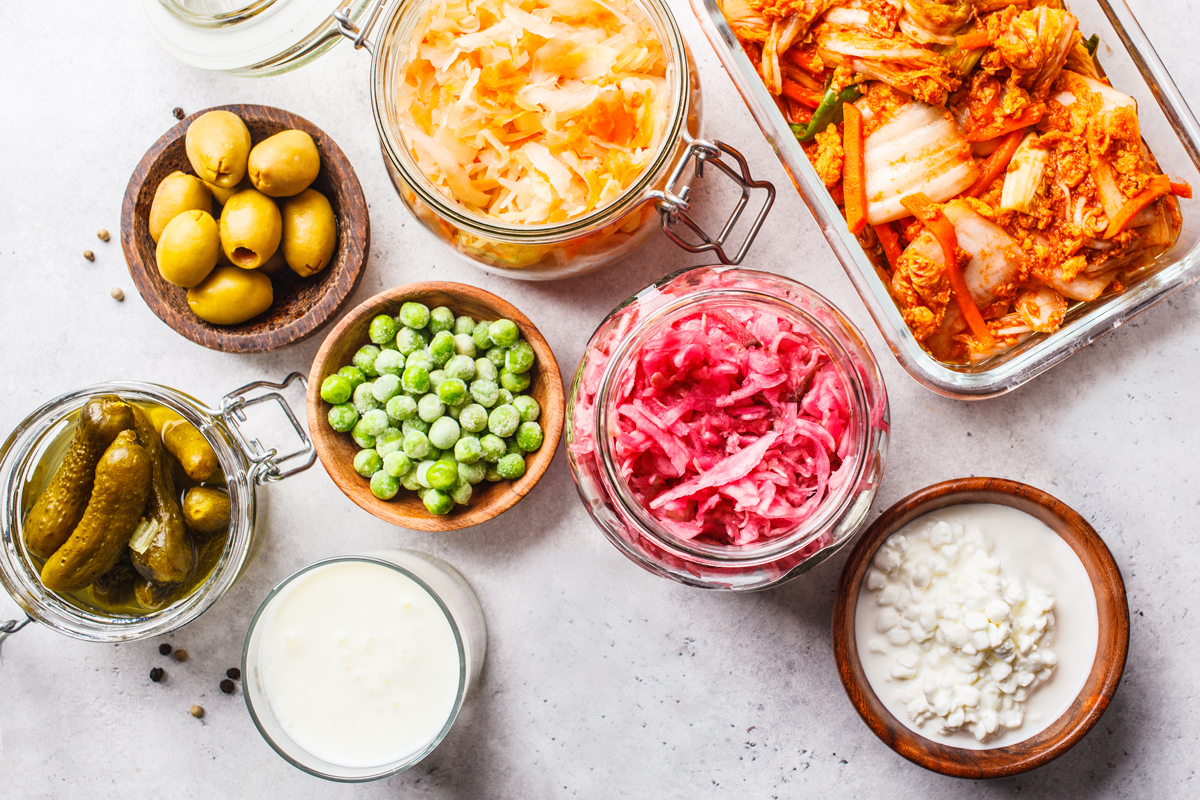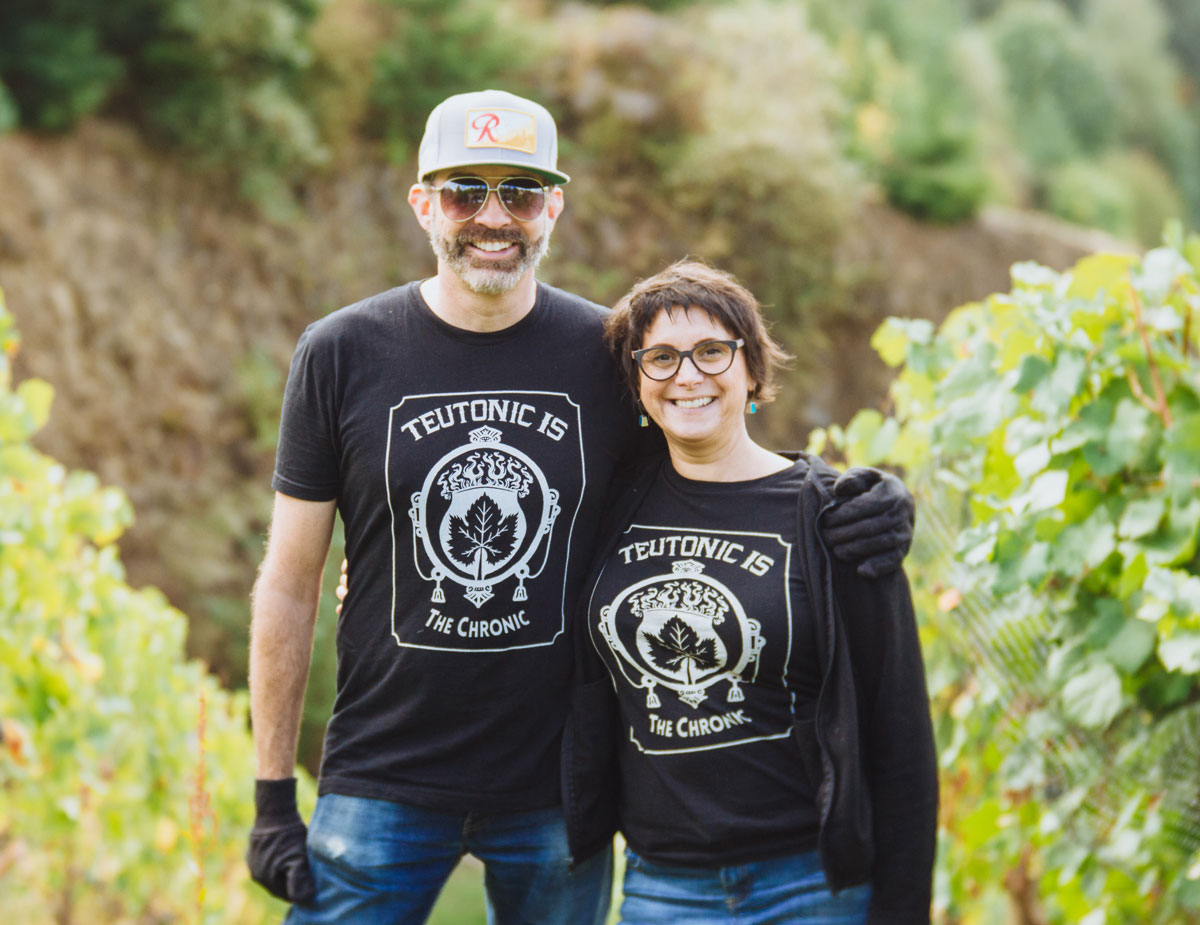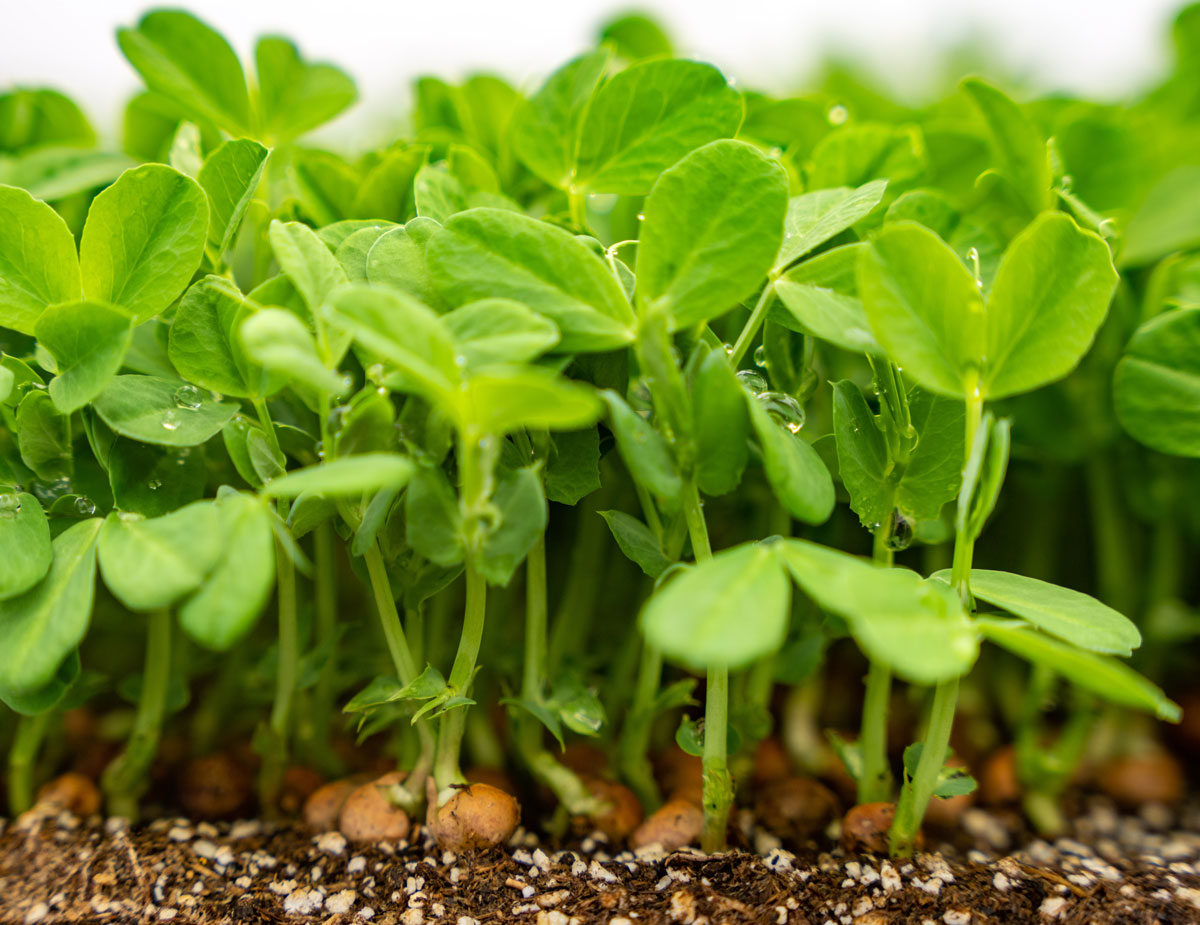
Fermentation puts the “funk” in the foods and drinks we love. Kimchi, sauerkraut, kombucha, wine, beer, sourdough bread and yogurt, to name a few, are prized not only for their wide variety of “funky” flavors but also for their probiotic health benefits.
The process of fermentation is nothing new. Fermented foods have been a part of the human diet for hundreds of years. As early as the 3rd century BCE, the Chinese were fermenting vegetables, according to the Oregon State University Extension Service.
In addition to fermentation, pickling and preservation are other ways to process foods, and sometimes these processes can overlap. Let’s twist open each of these jars and see what’s what.
How fermentation works
Fermentation is a slow chemical reaction that develops flavor through the production of acid. Carbohydrates use yeasts or bacteria, or both, to change into carbon dioxide, acids or alcohols. These changes produce flavors that wouldn’t be possible otherwise and give the foods their active appearances.
Open a jar of Choi’s Kimchi, for example, and you’ll see hundreds of bubbles rising, sometimes forcefully, to the surface. A classic condiment in Korean cuisine, kimchi combines pickled and salted vegetables, such as Napa cabbage, carrots, radishes, with spices, which are then left to ferment. The bubbles are your visual clue that fermentation is at work!
Open a tub of cultured Nancy’s Yogurt, and not long after you’ve spooned some yogurt onto your fresh fruit, a liquid pool of “good bacteria,” aka probiotics, has filled in where you dipped the spoon. Nancy’s uses several strains of probiotics, L. Acidophilus among them, in its milk cultures, producing yogurt that supports immune and digestive health.
The length of time for fermentation can vary flavors, too. Fermented tea, known as kombucha, combines bacteria and yeast with brewed black or green tea and sugar. It can taste vinegary or sweet depending on how long it is left to sit and ferment. Humm Kombucha is just one of the many brands of kombucha you’ll find in your Market’s grocery aisles.
Pickling and food preservation
There are many types of food preservation, including fermenting, freezing, drying, curing and smoking, making jams or jellies, and pickling.
Pickling is one of the oldest methods of food preservation, but it’s the kind of pickling method used that determines whether the pickled food is fermented or unfermented.
Brined pickled vegetables are fermented, requiring several weeks of curing at room temperature. During this time, flavors and colors change, and acid is produced as lactic acid bacteria grows.
Quick-pickled vegetables are unfermented. By adding enough acid in the form of vinegar, these pickled foods can be ready in just 1 to 2 days; enough vinegar must be used to prevent the growth of harmful bacteria.
Want to try pickling yourself? Mrs. Wages 1 Step Pickle creates a ready-made pickling brine to pour over chopped vegetables. Give it a whirl and see what happens. After all, it’s science!
At your Market of Choice, you’ll discover a fantastic array of fermented and/or pickled foods to explore. You’ll be happy to know that many are made right here in Oregon! Ask one of our teammates to help you find our “funky” foods and beverages to take home and try. Our recipe for Kimchi, Bacon and White Cheddar Burgers are a great way to get started.
Sources and suggested links:
Oregon State University Extension Service
National Center for Home Food Preservation
Heart Foundation
Explore More Topics
Related Posts
- 8 Self-Care Gifts for Anyone That Needs a Time Out
Daily life can get busy and sometimes hectic, which makes it even more important to prioritize self-care and relaxation.
- Celebrate Oregon Wine Month, May 2024
May is Oregon Wine Month, thirty-one days dedicated to enjoying Oregon wine, fine dining, boosting our local economy, and getting a healthy dose of dopamine.
- Enhance Your Outdoor Space with Eco-Conscious Gardens
Create your own sustainable garden in Oregon with eco-conscious plant starts and tips from Market of Choice.



